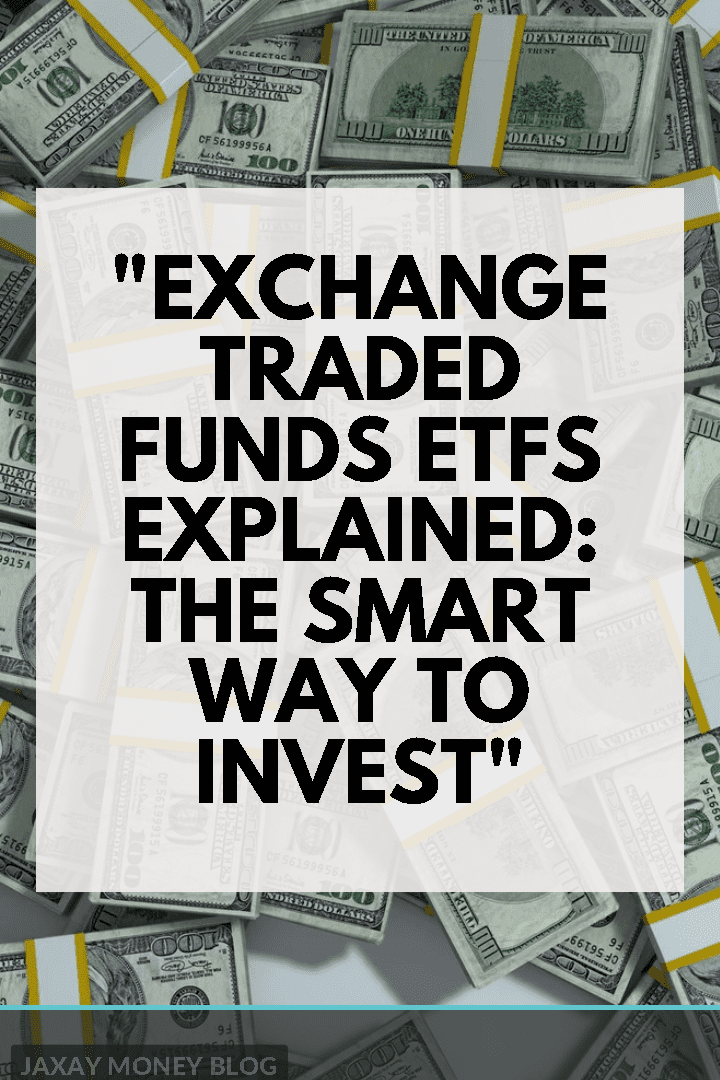ETFs Explained: The Smart Way to Invest
Exchange-Traded Funds (ETFs) offer a unique way to diversify your investment portfolio. This blog explores what ETFs are, their advantages over traditional stocks, and how to select the right ETFs for your investment strategy. Discover why they are becoming a popular choice among both novice and seasoned investors.

ETFs Explained: The Smart Way to Invest
In recent years, Exchange-Traded Funds (ETFs) have gained immense popularity among investors of all levels. These versatile investment vehicles offer a blend of diversification, flexibility, and cost-effectiveness, making them an excellent choice for those looking to enhance their portfolios. In this blog, we’ll explore what ETFs are, their advantages, and how to select the right ones for your investment strategy.
What Are ETFs?
ETFs are investment funds that hold a collection of assets—such as stocks, bonds, or commodities—and trade on stock exchanges like individual stocks. Each ETF represents a specific index, sector, or asset class, allowing investors to buy a single share that gives them exposure to a diverse range of securities.
Advantages of ETFs
Diversification: One of the key benefits of ETFs is their inherent diversification. By investing in an ETF, you gain exposure to multiple assets, reducing the risk associated with investing in a single stock. This makes them particularly appealing for beginners and risk-averse investors.
Lower Costs: Compared to mutual funds, ETFs generally have lower expense ratios. Additionally, they are traded throughout the day at market prices, allowing for more flexibility. This cost-effectiveness can lead to higher long-term returns.
Transparency: Most ETFs disclose their holdings daily, enabling investors to see exactly what they own. This transparency helps you make informed decisions about your investments.
Tax Efficiency: ETFs are typically more tax-efficient than mutual funds due to their unique structure. They often generate fewer capital gains, which means you’ll pay less in taxes when it comes time to sell.
How to Select the Right ETFs
Identify Your Goals: Before investing, determine your financial goals. Are you looking for growth, income, or a mix of both? This will help guide your ETF selection.
Research the Index: Understand the index or sector the ETF tracks. For example, a tech-focused ETF may be more volatile but has high growth potential, while a bond ETF may offer stability and income.
Evaluate Costs: Look at the expense ratio, trading commissions, and any other fees associated with the ETF. Even small differences in costs can impact your overall returns over time.
Check Performance: While past performance doesn’t guarantee future results, reviewing an ETF’s historical performance can provide insight into how it has reacted in different market conditions.
Consider Size and Liquidity: Larger, more established ETFs tend to have higher trading volumes, which can lead to better price execution and lower spreads. Ensure the ETF you choose has adequate liquidity for your investment needs.
Conclusion
ETFs are a powerful tool for investors looking to diversify their portfolios and achieve their financial goals. With lower costs, flexibility, and transparency, they can be an excellent addition to your investment strategy. As with any investment, take the time to research and understand your options, and you’ll be well on your way to making informed decisions in the exciting world of ETFs. Happy investing!
Oct 12th 24